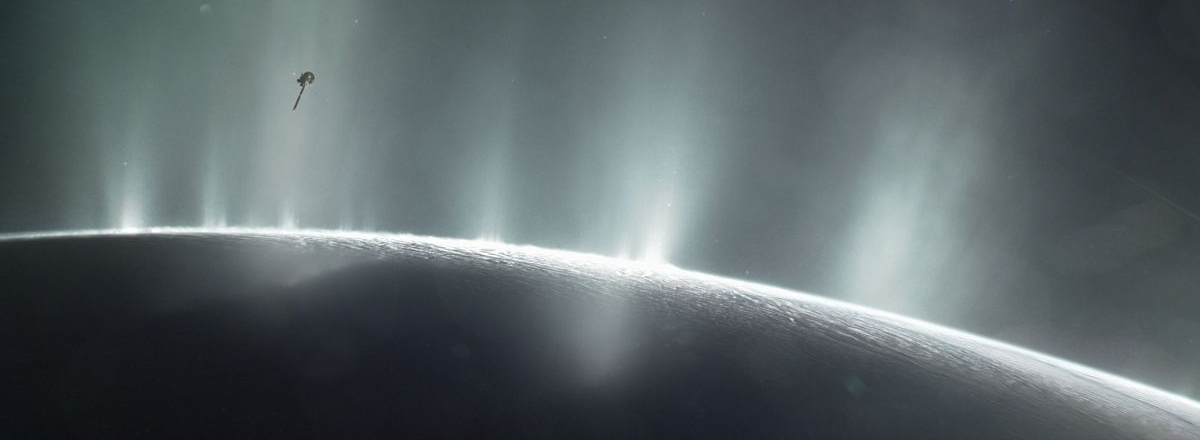Scientists Discover a Gargantuan Geyser on Saturn's Moon
The eruption, observed by the James Webb Space Telescope (JWST) in November 2022, was recently detailed at a conference held at the Space Telescope Science Institute in Baltimore on May 17.

In a groundbreaking observation, astronomers have uncovered a colossal geyser on Saturn's moon, Enceladus, spewing an enormous amount of watery vapor into space. This discovery holds significant implications for the search for life beyond Earth, as the plume likely contains chemical elements necessary for the development of life forms.
The eruption, observed by the James Webb Space Telescope (JWST) in November 2022, was recently detailed at a conference held at the Space Telescope Science Institute in Baltimore on May 17.
Although scientists had previously witnessed Enceladus emitting water, the new telescope's wider field of view and enhanced sensitivity have revealed that the vapor jets extend much farther into space than previously understood.
Analysis of the jets has unveiled the presence of methane, carbon dioxide, and ammonia—organic molecules containing the essential building blocks for life. Remarkably, a study published last year in The Planetary Science Journal by an international team of researchers suggested that some of these gases could be produced by life itself, originating from methane emissions deep beneath Enceladus' surface.
Water serves as another compelling piece of evidence in the quest for potential life on Enceladus. The moon is enveloped in a thick layer of water ice, but measurements of its rotation indicate the existence of a vast hidden ocean beneath the frozen crust. Scientists theorize that the water spouts detected by JWST and Cassini emerge from hydrothermal vents on the ocean floor, a hypothesis supported by the presence of silica—a common ingredient in planetary crusts—in the vapor plumes.

